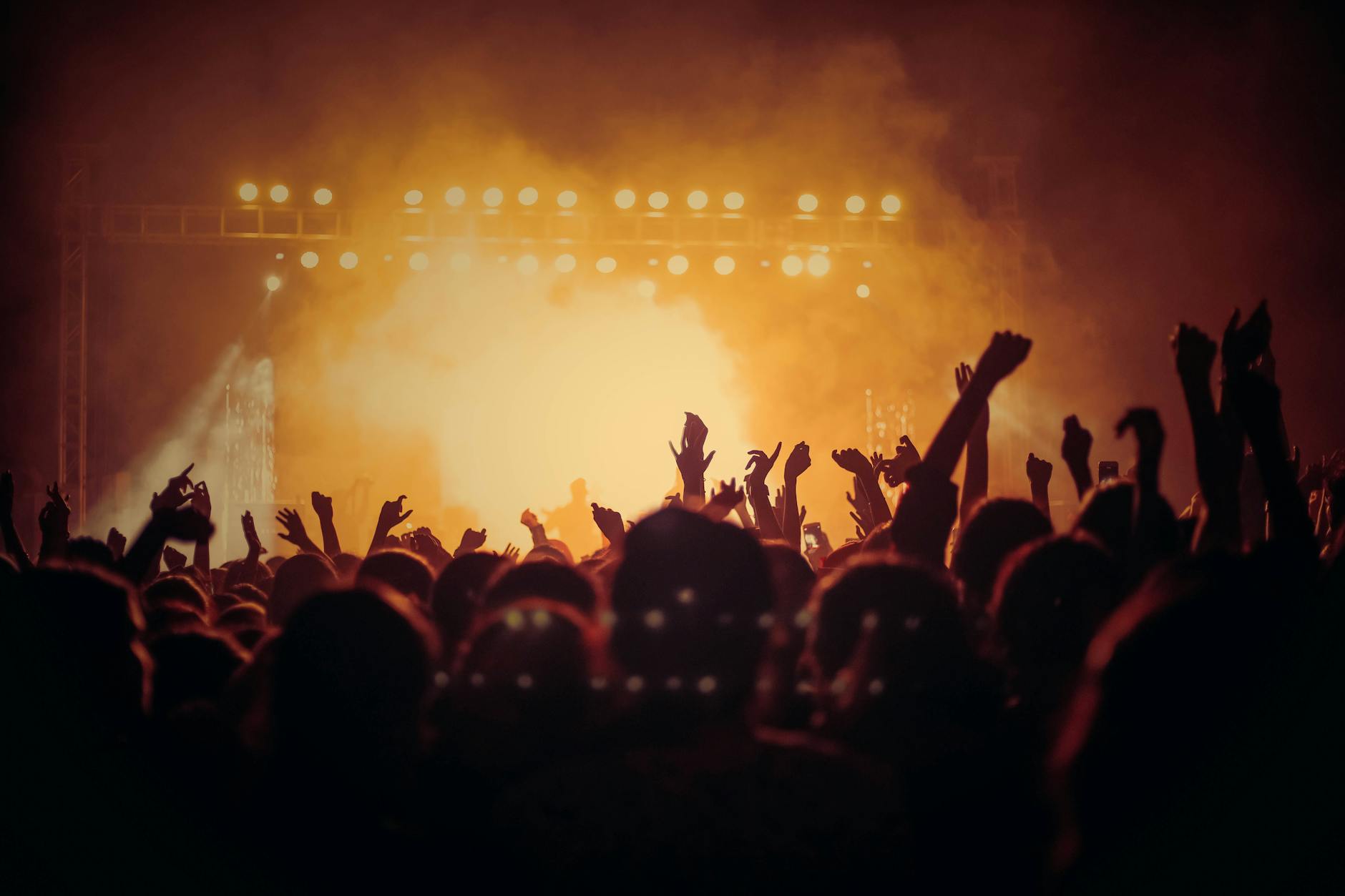Artificial intelligence is rapidly composing a new era in music, potentially orchestrating a complete transformation of how we create, consume, and perceive sound. From composing complete symphonies to spitting out the heaviest metal riffs, AI-driven musical compositions are poised to flood streaming services, playlists, and even film scores, prompting a crucial debate on authorship, originality, and the very essence of human artistic expression.
The rise of diffusion models has dramatically accelerated this trend. These models, capable of transforming random noise into coherent patterns, are now being used to generate not just images and videos, but entire musical pieces, guided by simple text prompts or analyzing existing musical data. The results are often uncannily similar to human creations, blurring the lines of artistic ownership. Major record labels are already locked in legal battles with AI music generation companies, accusing them of copyright infringement and arguing that these models are simply mimicking human artistry without properly compensating artists. The AI firms, conversely, maintain that their tools are designed to enhance and assist human creativity, not replace it.
This conflict forces us to confront fundamental questions about the nature of creativity. Is it merely the result of statistical pattern recognition and complex neural connections, whether biological or artificial? Or is there a uniquely human element – inspiration, emotion, lived experience – that AI cannot truly replicate? Cognitive scientists have long struggled to define creativity, often highlighting novelty, utility, and surprise as key components. Neuroscience research suggests creativity arises from complex interactions within a distributed network of brain activity, not a single localized area.
AI models function by essentially reversing diffusion, learning to extract structure from randomness. In music, this translates to generating waveforms based on textual descriptions. Companies like Udio and Suno are spearheading this wave, aiming to democratize music creation and empower non-musicians to produce original pieces. However, the industry’s resistance highlights concerns about copyright and the potential for AI to simply replicate the styles of established human artists.
The quality of AI-generated music depends on the quality of data used to train the AI. The more diverse and extensive the datasets, and the more refined the prompts, the better the AI can create songs. Details of the datasets used by Udio and Suno are not public and will probably be part of ongoing legal battles. While AI can produce impressive simulations, it often lacks the imperfections and unexpected twists that characterize human creativity. Humans excel at “amplifying the anomaly,” introducing unexpected elements that elevate a creative work beyond mere statistical predictability.
Blind listening tests demonstrate the difficulty of distinguishing AI-generated music from human-created tracks. Even if listeners struggle to identify the source, the question of authorship remains paramount. Do we need to imagine a human artist behind a song to truly appreciate it? Or can we embrace AI-generated music solely on its aesthetic merits? As AI continues to reshape the creative landscape, these questions will shape our understanding of art, technology, and what it means to be human.
Photo by Vishnu R Nair on Pexels
Photos provided by Pexels
